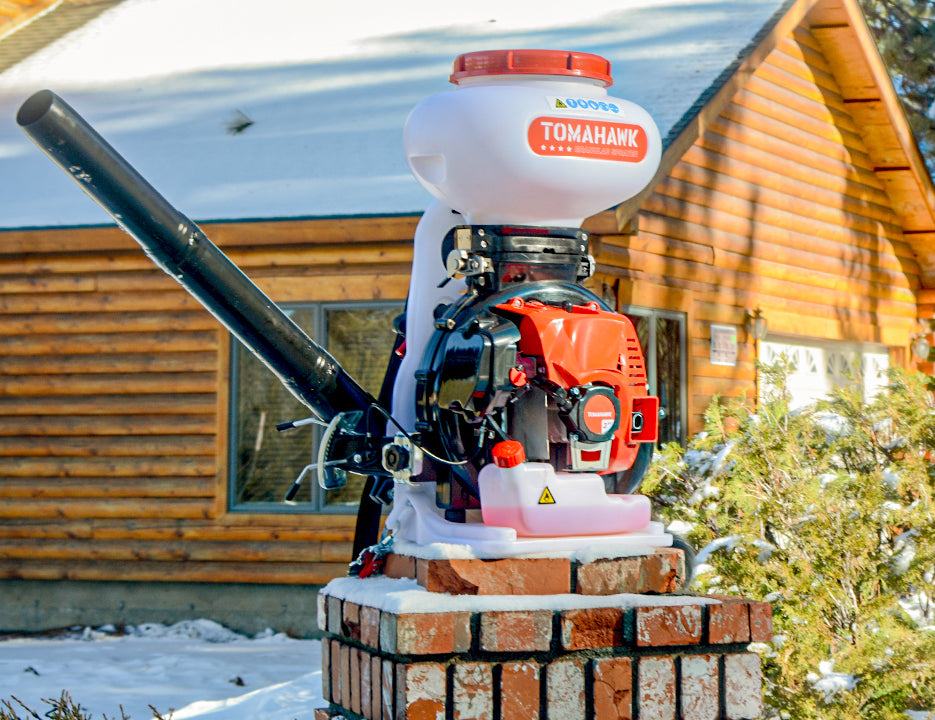Winter came early in California this year. Snow is falling at ski resorts from Southern California to Mammoth Lakes and the Lake Tahoe Area. The first snow fall of the season brought several inches of snow. If you had planned or plan to drive in the mountains where it might snow, you know the rules about snow chains. From November 1st to April 1st, if you plan on going up to the snow, all vehicles are required to keep chains in their car. Not only are chains important when driving up a snowy mountain, but so is dumping salt all over the roads before the snow starts falling. This method is known as anti-icing, or pre-wetting and is a technique used by many cities as a preventive measure before extreme weather arrives.
This of course is not your job to do, but the highway departments. The biggest reason for pouring salt in icy roads is that it lowers the freezing point of water. There is minimal difference between the salt on the road and the salt in your kitchen cabinet. The only difference is the size. The rock salt that is used on roads is the material that has crystalized in larger pieces, whereas table salt has been ground up and pulverized to a more or less uniform size distribution.
Highway departments have different ways of covering the roads with ice. One of the ways is using a granular spreaders, like the Tomahawk TGS30. With motorized granular spreaders they can cover one acre in less than thirty minutes. This is a lot more efficient than using the manual spreaders, twenty times faster to be exact. Not only is it important to spread ice on roads, but also sidewalks. Have you ever been walking on a sidewalk and not seen how icy the snow is and slip? Well, when salt is thrown onto the ground, it lowers the freezing point of water making it so it will not freeze and become slippery. The salt also provides traction, making it safer for driving and walking.










